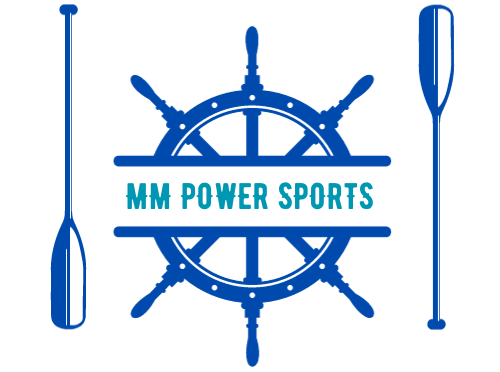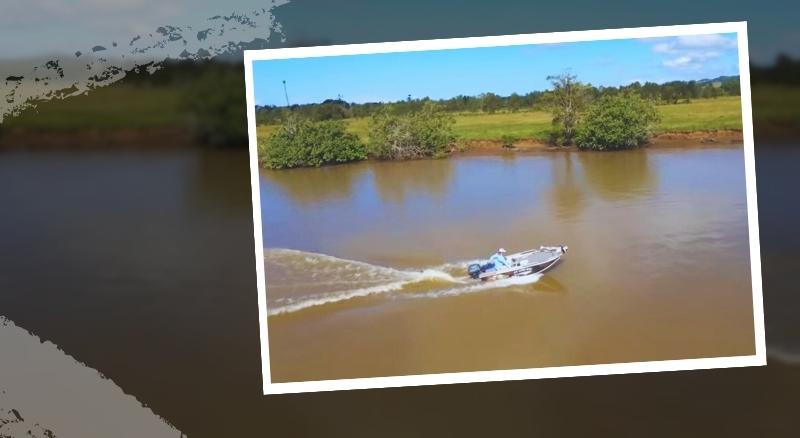Every boating enthusiast understands the importance of a reliable outboard engine. While the market has a lot to offer, the Yamaha 25hp 4 Stroke Outboard has been a favorite amongst many. Its compact design, performance, and efficiency are laudable. However, like any piece of machinery, it does not come without its own set of problems. In this article, we will take an in-depth look at some of the common issues, how to identify them, and possible solutions.
Troubleshooting Guide
Problem #1: The Engine Won’t Start
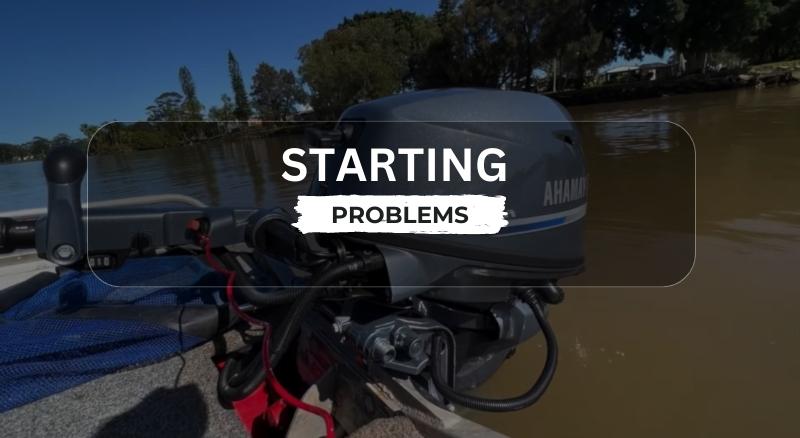
One of the most common problems with the Yamaha 25hp 4 Stroke Outboard engine is difficulty in starting or a completely non-starting engine.
Identifying the Problem:
- Fuel System Issues: Check for any leaks in the fuel system. Inspect the fuel filter for debris and the fuel lines for any punctures, and ensure that the fuel pump is functioning correctly.
- Electrical Problems: The ignition switch, kill switch, and battery connections should be in proper working order. A weak battery or faulty spark plug may also prevent the engine from starting.
- Air Intake Blockage: Inspect the carburetor for any blockages that may inhibit air intake.
Solutions:
- Fuel System: Clean the fuel system thoroughly, replace the damaged components if any, and ensure that the fuel used is fresh and suitable for the engine.
- Electrical System: Replace any worn-out or corroded parts. A multimeter can be handy for testing electrical connections. Replace the spark plugs if needed.
- Air Intake: Clean the carburetor and ensure it is not obstructed.
Problem #2: Engine Overheating
Overheating can result in decreased performance or even severe engine damage if not addressed promptly.
Identifying the Problem:
- Blocked Cooling System: Inspect the water pump and the cooling system for any blockages.
- Incorrect Oil: Using the wrong type of oil for your outboard engine can lead to overheating.
Solutions:
- Cooling System: Clean the cooling passages and replace the water pump if necessary.
- Oil: Ensure you are using the correct type and grade of oil recommended by Yamaha for this specific engine.
Regular Maintenance: The Key to Engine Longevity
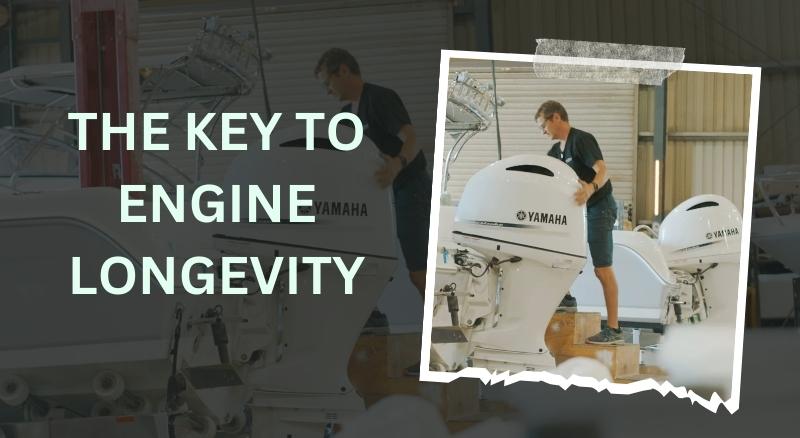
Regular maintenance is crucial to prolong the life of your Yamaha 25hp 4 Stroke Outboard engine and to avoid most of the problems discussed above.
1. Regular Inspection:
Inspect the engine regularly for any visible damage, leaks, or corroded parts. This includes the fuel system, the cooling system, and the electrical components.
2. Regular Oil Changes:
Changing the oil regularly is critical for the engine’s lifespan. The type and grade of the oil should be as recommended by Yamaha. Typically, an oil change every 100 hours of use or once a year is suggested.
3. Winterize Your Engine:
If you live in an area with cold winters, it’s essential to winterize your engine. This process involves flushing out the engine, draining the fuel, adding a fuel stabilizer, and lubricating the engine’s moving parts.
The Importance of Professional Help
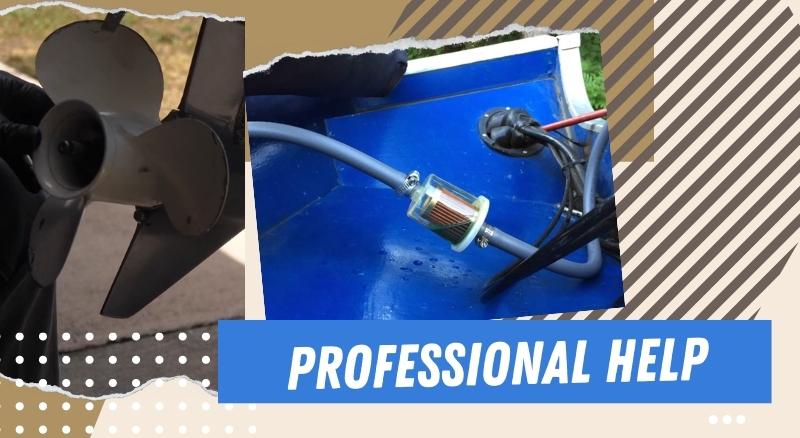
While a lot of basic maintenance and minor repairs can be done on your own, it’s crucial to understand when professional help is needed. A professional mechanic can diagnose and fix complicated issues accurately and safely, and regular professional servicing can ensure that your Yamaha 25hp 4 Stroke Outboard is always in peak condition.
Beyond the Basics: Uncommon Issues and Their Solutions
Let’s delve deeper into some less common yet equally crucial problems that can be encountered with the Yamaha 25hp 4 Stroke Outboard engine, along with effective ways to troubleshoot and resolve them.
Problem #3: Engine Misfires or Runs Unevenly
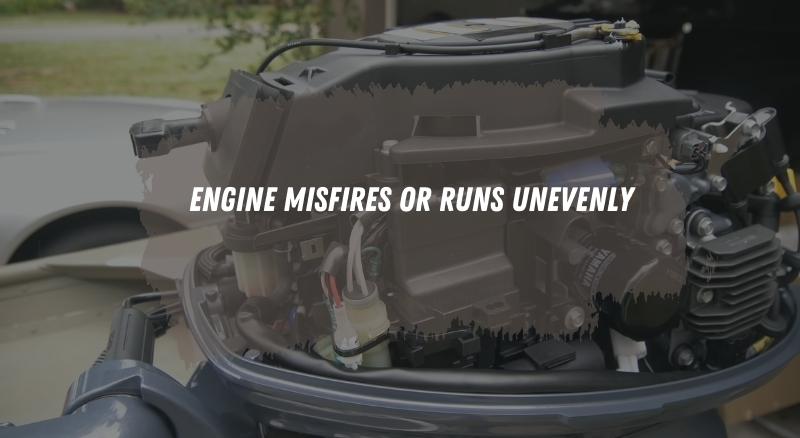
In some instances, the engine might misfire, run unevenly, or produce a lack of power.
Identifying the Problem:
- Fuel/Air Mixture Imbalance: This could be due to a faulty carburetor or fuel injectors that disrupt the optimal fuel/air mixture.
- Bad Ignition Coils or Spark Plugs: If these components are not functioning correctly, they can prevent the engine from running smoothly.
Solutions:
- Fuel/Air Mixture: Inspect and clean the carburetor and fuel injectors, and replace them if necessary.
- Ignition System: Examine the ignition coils and spark plugs. Replace them if they show signs of wear or damage.
Problem #4: Unusual Noises
Your engine might occasionally produce abnormal noises, such as knocking or pinging sounds.
Identifying the Problem:
- Incorrect Fuel Type: Using fuel with a lower octane rating than recommended can lead to premature combustion, causing these noises.
- Engine Overload: If the boat is overloaded or the propeller size is not appropriate, it can strain the engine and lead to unusual noises.
Solutions:
- Fuel: Always use the fuel type and octane rating recommended by Yamaha.
- Propeller and Load: Ensure the boat is not overloaded and the propeller size is suitable for the engine and the boat.
Maximizing the Performance of Your Yamaha 25hp 4 Stroke Outboard
While troubleshooting is critical, we should also focus on optimizing the engine’s performance.
1. Use the Right Propeller:
The propeller’s size and pitch significantly impact the engine’s performance. Choose a propeller that suits your typical boat usage, whether it’s cruising, towing, or high-speed boating.
2. Keep the Engine Clean:
Ensure the engine’s exterior is always clean. A build-up of dirt or salt can cause corrosion and decrease the engine’s lifespan.
3. Monitor the Engine’s Performance:
Regularly monitor the engine’s performance using suitable tools. An RPM gauge can help detect issues like engine overload or propeller problems.
The Role of User Manuals and Online Resources
Never underestimate the power of reading and understanding the user manual that comes with your Yamaha engine. It provides the necessary instructions for routine maintenance and troubleshooting. You can also explore online resources, forums, and how-to videos for additional guidance.
Additional Considerations for Yamaha 25hp 4 Stroke Outboard
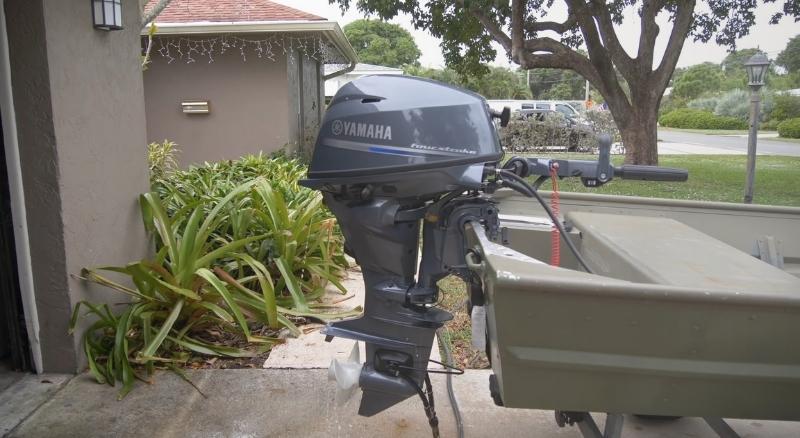
Beyond the troubleshooting, let’s talk about the other aspects that can contribute to the longevity and performance of your Yamaha 25hp 4 Stroke Outboard.
Yamaha’s Proprietary Technologies
Yamaha’s proprietary technologies, such as Precision Multi-Point Electronic Fuel Injection and Variable Trolling RPM Switch, are designed to optimize performance and fuel efficiency. Familiarizing yourself with these features can enhance your understanding of the engine’s operations and boost its utility.
Ethanol in Fuel
Ethanol-blended fuels have become commonplace, and your Yamaha outboard engine can handle these fuels. However, it’s crucial to understand that ethanol can attract moisture, leading to the risk of phase separation, which can cause engine issues. Always keep the fuel tank as full as possible to limit the amount of air – and thus moisture – it can hold.
Authentic Spare Parts
Always opt for genuine Yamaha parts during replacement or repair. While aftermarket parts might seem cheaper upfront, they could lead to performance issues and even damage over the long term. Authentic Yamaha parts are specifically designed for your outboard engine, guaranteeing compatibility and reliability.
Environment-Friendly Practices

Remember, as boat owners; we have a responsibility towards the environment. Follow these environment-friendly practices:
Proper Disposal of Engine Oil and Fuel
Used engine oil and old fuel should never be dumped into the water or on the ground. Use appropriate disposal facilities or services for engine fluids.
Avoid Spilling Fuel
Be careful while refilling the fuel tank to avoid spilling, which can harm aquatic life and pollute the water.
Final Words
Remember, the heart of your boat lies in the well-being of your engine. While Yamaha’s 25hp 4 Stroke Outboard engine is a reliable companion on the water, understanding its potential issues and their solutions can empower you to resolve minor problems and better maintain its health. It’s all about balancing DIY initiatives with professional help when needed. Equipped with this knowledge, you can ensure your engine delivers optimal performance for years to come, enhancing your overall boating experience.
